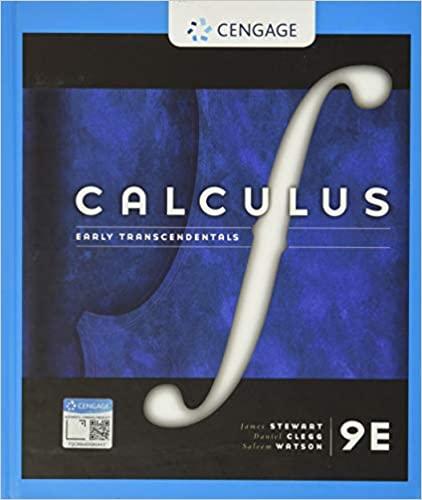Question
A study was conducted to model the thermal performance of integral-fin tubes used in the refrigeration and process industries. Twenty-four specially manufactured integral-fin tubes having
A study was conducted to model the thermal performance of integral-fin tubes used in the refrigeration and process industries. Twenty-four specially manufactured integral-fin tubes having rectangular-shaped fins made of copper were used in the experiment. Vapor was released downward into each tube and the vapor-side heat transfer coefficient (based on the outside surface area of the tube) was measured. The dependent variable for the study is the heat transfer enhancement ratio y, defined as the ratio of the vapor-side coefficient of the fin tube to the vapor-side coefficient of a smooth tube evaluated at the same temperature. Theoretically, heat transfer will be related to the area at the top of the tube that is "unflooded" by condensation of the vapor. The data in the FINTUBES file are the unflooded area ratio (x) and heat transfer enhancement (y) values recorded for the 24 integral-fin tubes.
a. Find the least-squares line relating heat transfer enhancement y to unflooded area ratio x.
b. Plot the data points and graph the least-squares line as a check on your calculations.
c. Interpret the values of 0 a n d 1
d. What is the coefficient of determination and correlation coefficient?
e. Conduct a residual analysis for this model that will provide insight into the validity of the standard regression assumptions on the random error.
here's data
Step by Step Solution
There are 3 Steps involved in it
Step: 1

Get Instant Access to Expert-Tailored Solutions
See step-by-step solutions with expert insights and AI powered tools for academic success
Step: 2

Step: 3

Ace Your Homework with AI
Get the answers you need in no time with our AI-driven, step-by-step assistance
Get Started


